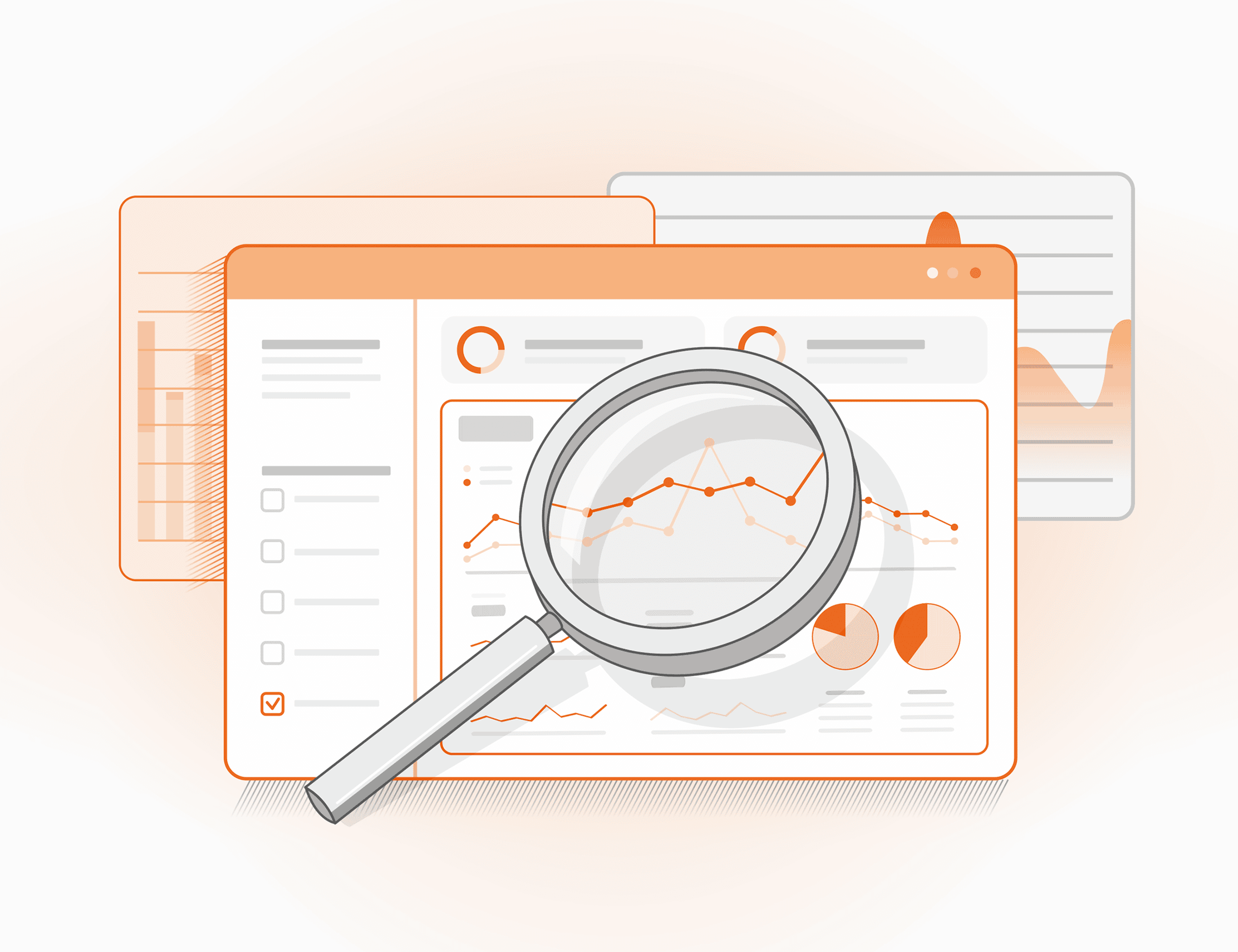Not All Domains Are Created Equally Safe And Useful


Fraud prevention, as management of all other types of risk, is an endless process of improvement and technological development. This allows financial institutions to invent additional tools for decision-making system efficiency improvement. Such tools help to manage new types of risks and define better ways to cut already known risks. The endless variety of the online world, on the one hand, makes it possible to create a convenient environment for receiving financial products and services, and on the other hand, it brings risks and leads to difficulties, for both financial institutions and their clients.
Everyone loves beautiful and functional web resources with various graphic solutions, fonts and other design and visual elements. Many of these elements are implemented by loading various components from external resources (domains). A significant number of such domains are reliable and relate to trustworthy organizations; various elements downloaded from such domains are used by many financial institutions, retailers and other service providers operating online.
However, among all this diversity, there is a proportion of cases (according to our estimates, from 0.5% to 5%) when the downloaded data and components do not benefit the financial institution, but are malicious and can be used for dangerous purposes. Often we are talking about various web portals that are not directly related to the bank or microlender, since the market leaders usually closely monitor what is posted on their sites. We are talking about those portals where f the user, or example, can fulfil an application for a loan or insurance product without direct reference to a specific financial institution.
There are two principles which may be distinguished in terms of how such resources operate:
In some cases, there can be manipulations with browser settings, Internet connection settings, various scripts for automated or automatic loan application fulfilment. Even the presence of such markers during an application fulfilment process brings an additional risk for a financial institution. In the most difficult cases, fraudsters have the opportunity to gain remote access to the applicant's device, steal logins, passwords and other personal and sensitive information of the user through such dangerous domains. All this leads to risk both for the user, whose data has been compromised, and for the financial institution receiving a financial product application with sometimes knowingly false data.
We have developed a methodology to proactively identify such kinds of domains. This means that there is no need to wait for the application to mature and to confirm the applicant's bad faith.
Dangerous domains are defined based on the following algorithm:
In addition to that the cases related to the absence of any single domain associated with the application fulfilment and typical for a given segment of applications are also suspicious and may be treated as a negative anomaly.
Such domains analysis results should be used to identify groups of related applications with a high level of fraud risk, therefore, this functionality is already available within the most recent version of JuicyScore API v12, and the fact of such dangerous domains presence in a loan or insurance application is returned within the response. This information will allow to identify the most dangerous cases and will enable our partners to respond promptly to them before the actual risk matures and mass loan disbursement occurs for such applications.
Over the past 4-5 years, we have been developing a number of ideas, such as, for example, reducing personal and sensitive data turnover or balancing privacy and anonymity. All these aspects are deeply utilitarian, and applying them in practice makes it possible to reduce risks and obtain an economic effect. We are constantly developing products and technologies so that our partners and customers have the opportunity to stay one step ahead of attackers, to obtain a high level of data ROI and an efficient balance of risk reduction and the cost of this reduction.
Get a live session with our specialist who will show how your business can detect fraud attempts in real time.
Learn how unique device fingerprints help you link returning users and separate real customers from fraudsters.
Get insights into the main fraud tactics targeting your market — and see how to block them.
Phone:+971 50 371 9151
Email:[email protected]
Our dedicated experts will reach out to you promptly